India hits Covid case record as rampant pandemic takes hold
India has set a grim record as it registered nearly 80,000 new coronavirus cases in 24 hours, the world’s highest single-day total.
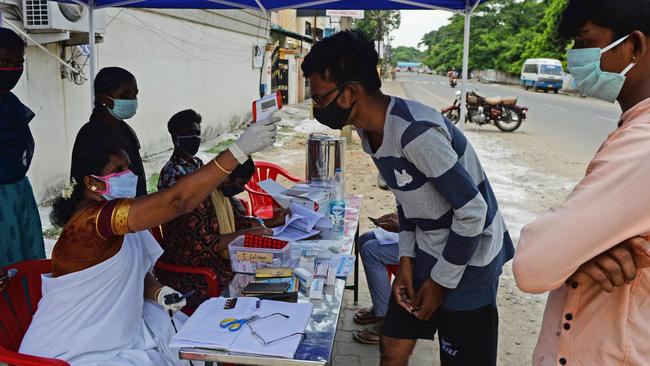
India has set a grim record as it registered nearly 80,000 new coronavirus cases in 24 hours, the world’s highest single-day total.
The confirmation of 78,761 cases on Sunday surpassed the previous record of 78,427 in the US on July 25, and carried the country’s total past 3.5 million. India will pass Brazil’s 3.85 million cases within the next few days, and become the second worst-hit country behind the US.
It took more than five months for India to reach its first million cases, with the outbreak slowed by a strict lockdown imposed in late March. But with the lockdown lifted, the second million came in 21 days and the third in 16. The country has recorded more than 63,500 deaths from the virus, the third highest toll in the world.
Despite the rise, the government has pressed on with lifting restrictions, and sport, religious and political events will resume in September, although numbers will be capped at 100. The Delhi metro will resume next week, but schools and cinemas will remain closed.
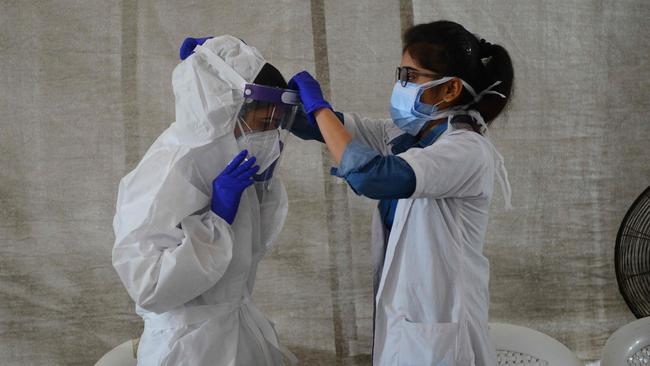
Unemployment has soared and tens of millions of workers have been laid off. Markets in cities are again humming with activity, but Delhi and Mumbai have seen a rise in infections as people ignore safety precautions and social distancing guidelines. Delhi police have fined more than 180,000 people for not wearing masks in public.
As state borders have reopened the virus has run rampant in the countryside where health facilities are often scarce. The weeks ahead also bring a string of big Hindu festivals, culminating in Diwali in mid-November, the busiest time of the year when many people travel to visit family.
Authorities have clung to the 76.5 per cent recovery rate as proof that the country is beating COVID-19, but about 80 per cent of victims die at home and are not tested, while several states have been trying to cover up the true toll by not registering deaths as COVID-related.
In neighbouring China, giant strides have been made as life begins to return to normal.
Domestic air travel is expected to fully recover within the next two weeks, while schools reopen for classes as the country reins in the pandemic.
Arrivals at airports across China reached 86 per cent of last year’s levels in the second week of August, and bookings hit 98 per cent, largely for travel in mid-to-late August, according to ForwardKeys, a travel analytics company in Spain.
It predicts a full recovery in September, citing the country’s effective control of the pandemic and growing aviation capacity.
“Many schools and university students are travelling ahead of the start of term in September,” the company said, and “aggressive price promotions” were also fuelling demand.
“This is a highly significant moment because it is the first time since the start of the COVID-19 outbreak that a major segment of the aviation market anywhere in the world has returned to pre-pandemic levels,” ForwardKeys executive Olivier Ponti said.
The airport in the southern city of Guangzhou said it had recovered 90 per cent of domestic passengers lost since the pandemic. China Eastern Airlines said it had restored 95 per cent of flights.
In Wuhan, the city where the coronavirus outbreak began, 2842 schools are preparing to welcome back pupils after seven months. The authorities said all schools have been thoroughly disinfected and cleared for reopening.
The central Chinese city was locked down for more than two months from late January. Its death toll of 3869 accounts for more than 80 per cent of China’s total. Wuhan has been steadily returning to normal since April, when the lockdown was lifted, and it has not reported any new local transmissions since May 18.
One sign of returning normality is that air pollution is on the increase as economic activities bounce back. Residents of Beijing have been enduring foul air for two successive days as traffic congestion returns to pre-pandemic levels.
Shopping centres are again crowded, and there is such a huge appetite for films that rules have been relaxed to allow cinemas to fill half of their seats, rather than one third. The two-hour restriction on a viewing session has also been lifted.
Doctors have reported an 11.5 per cent rise in the rate of childhood myopia in the first half of this year, attributed to the extra screen time pupils notched up when schools had to close and go online for the spring term.
The Times

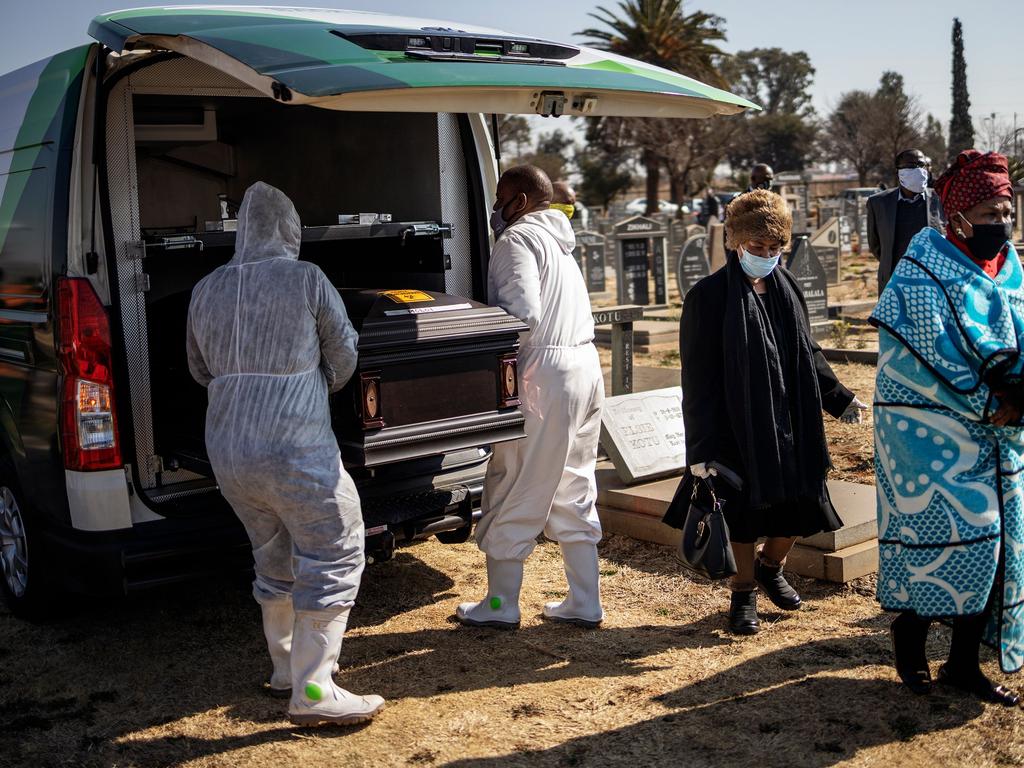
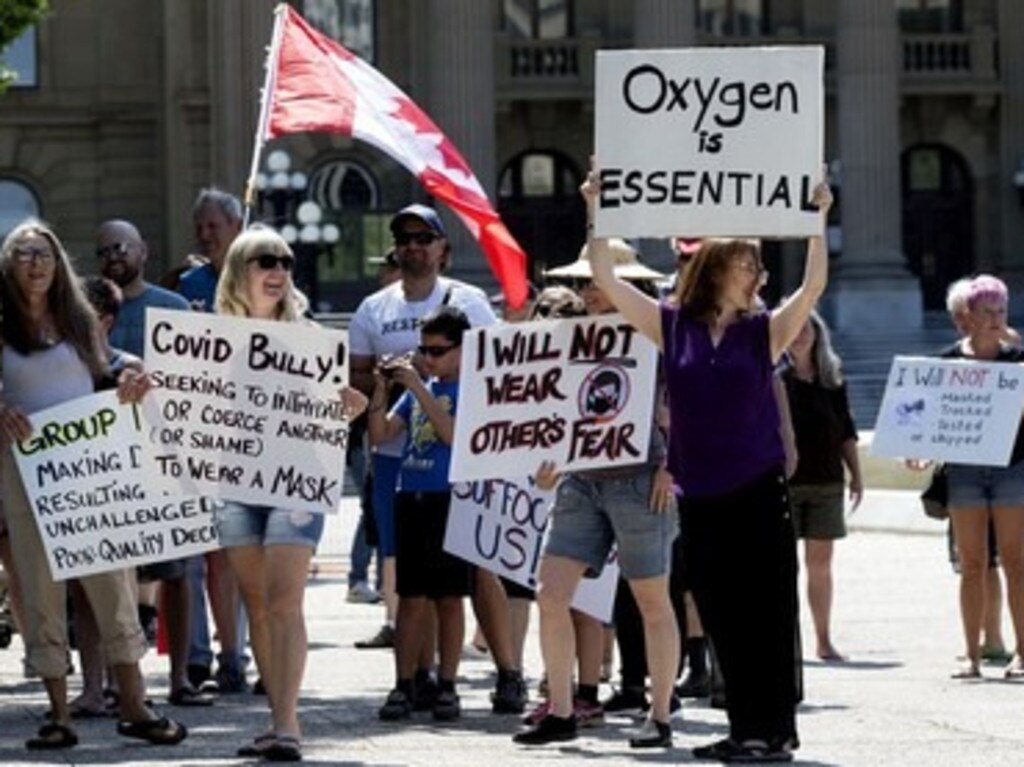

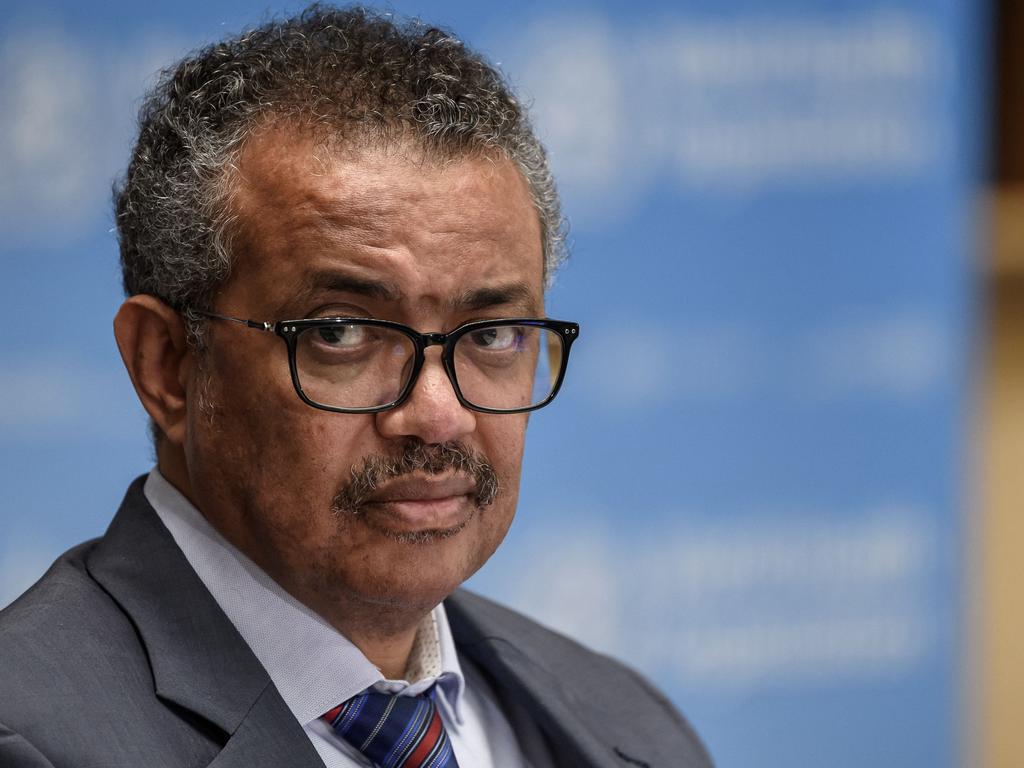


To join the conversation, please log in. Don't have an account? Register
Join the conversation, you are commenting as Logout